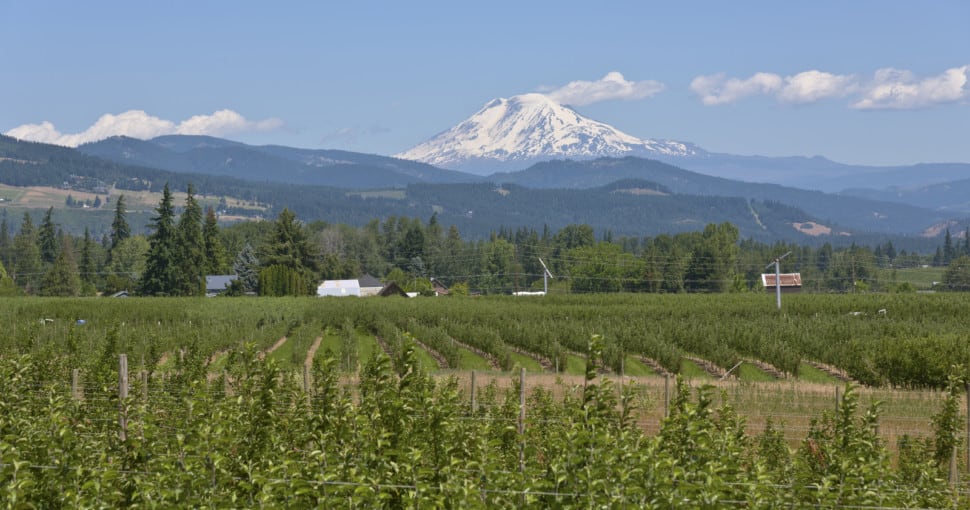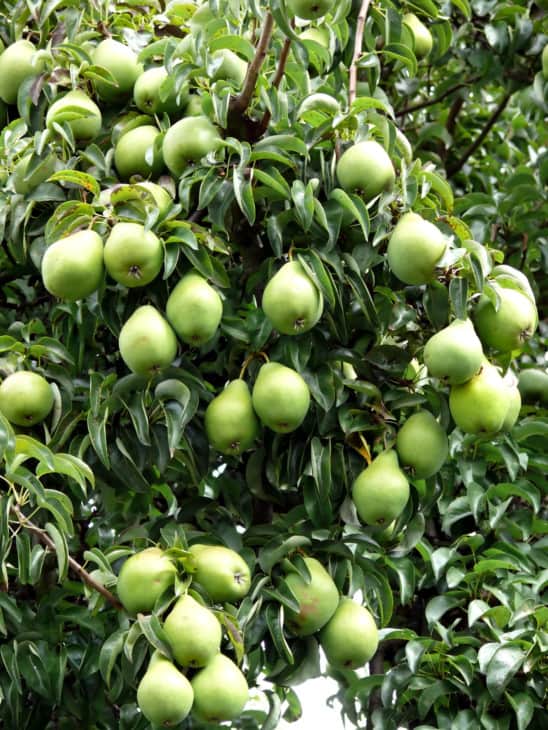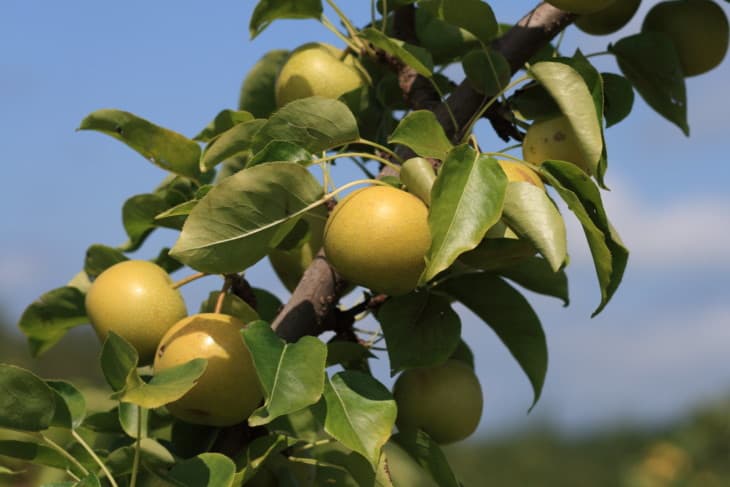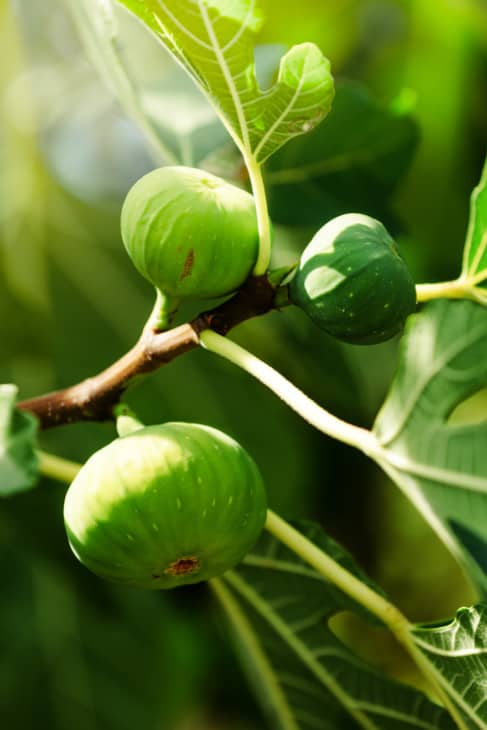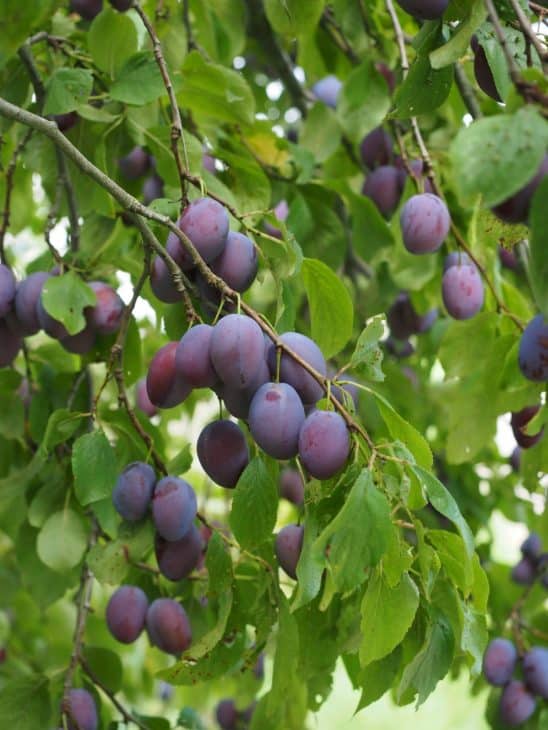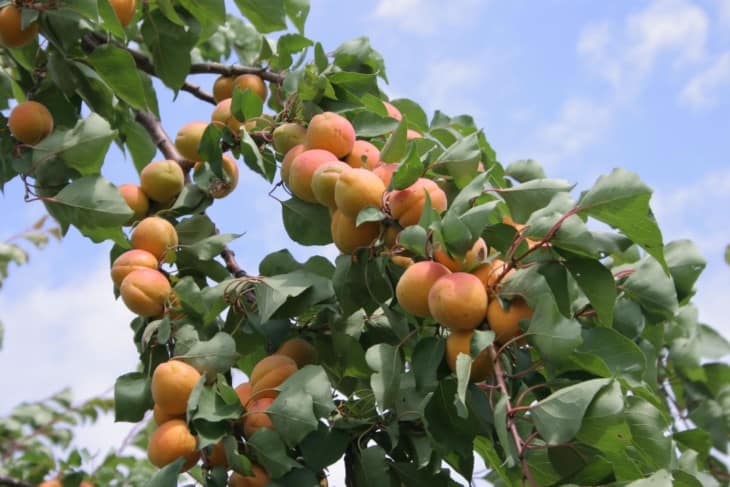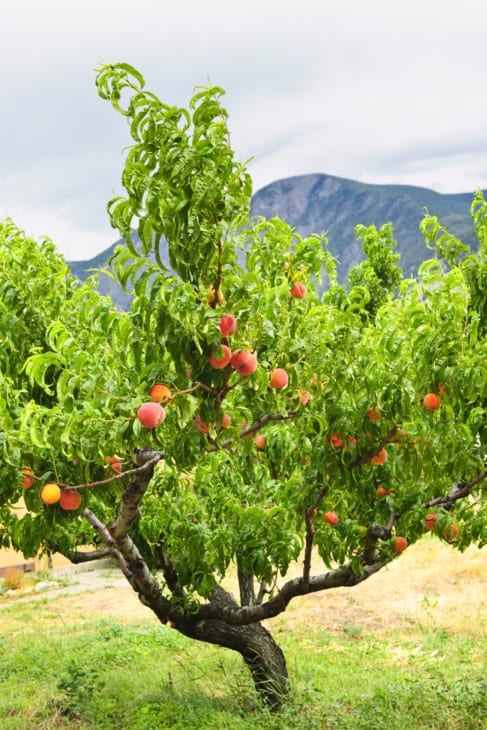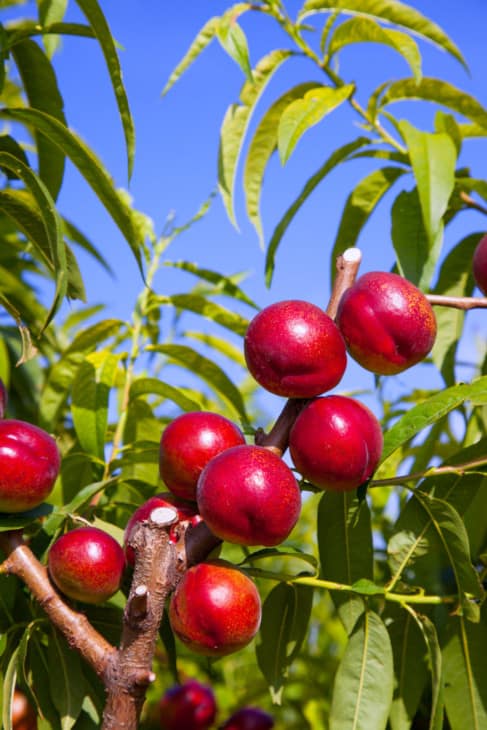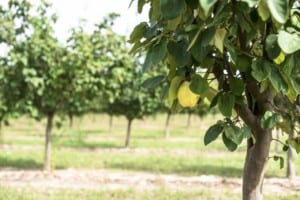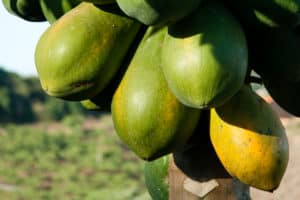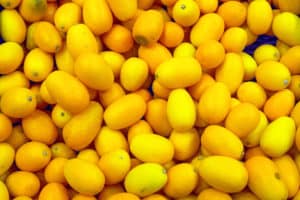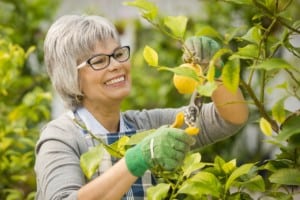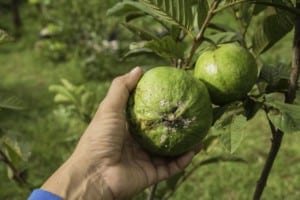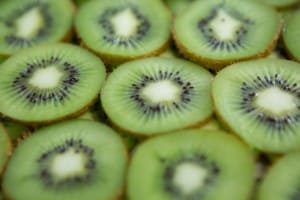Planting fruit trees is something a lot of people wish to do, but the area people live in has to be considered before they just rush out and start buying trees to plant. While it’s true that nurseries tend to have only trees that grow well in that area, people still need to know their trees before buying anything.
Contents
For people who live in the Pacific Northwest, it’s important that only trees that can handle frost and freezes be planted because let’s face it, this area of the country gets awfully cold in the winter time.
The United States is divided into a total of 11 growing zones, as established by the US Department of Agriculture (USDA). Most, though not all, of the Pacific Northwest is found in zones 8 to 10, but people buying fruit trees in this part of the country still need to check the trees before they buy to make sure they are in the recommended zone.
While many people assume that Northwest fruit trees consist of only apple trees, there are actually many other fruit trees that do well here. Many fruit trees need a freeze to grow and thrive, which makes the area the perfect place to grow these types of trees.
For people who are curious about which fruit trees do best in this part of the country, below are some of the most popular ones to consider.
1. Pear Trees
Some of the most successful Northwest fruit trees are pear trees. The Orcas pear is a particular favorite in this part of the country, and it is scab-resistant and blooms in early September. It is also a very large and juicy pear.
The Orcas pear is good for drying and canning, as well as eating fresh off the tree. It is also a very large pear and has a butter-flavored flesh, and it is one of the easiest types of pears to grow.
Other types of pears that grow well in the Pacific Northwest include Bartlett, Blake’s Pride, Bose Concorde, Rescue, Red Clapp’s, and Conference, among others. Pears are grown by homeowners and by commercial growers because they are just that popular of a fruit.
2. Asian Pear Trees
Asian pears are similar to standard pears except they tend to do better in slaws and salads because of their crispness, and they hold their shape a little better when they’re cooked or baked. In fact, almost anything that can be done with regular pears, can be done with Asian pears as well.
Some of the Asian pear trees that work well in the Pacific Northwest include the Kosui, Atago, Mishirasu, Shinseiki, Hamese, Yoinashi, and the Chojuro varieties. As long as the growing zone recommendation is compatible, people can try other Asian pear varieties as well.
Some popular uses for Asian pears include not only yummy dishes such as jams, sauces, and butters, but some useful household items such as pear facial masks, pear sugar scrubs or soaps, and even pear candle votives.
3. Fig Trees
Fig trees also grow well in this part of the country, and it’s amazing to think about the many uses of figs. Fig bars, fig cakes, fig tarts, and fig preserves are just the start of the many things people can do with this amazing fruit.
One of the best figs to try in the Northwestern part of the country is the Brown Turkey fig, which shows up at two different times of the year and has a sweet, light brown-colored flesh.
Fig trees are also considered one of the fastest-growing trees out there, so people won’t have to wait very long to enjoy what they’ve grown. Fig trees make an excellent addition to an existing or a brand-new garden.
4. Plum Trees
Some types of plum trees recommended in the Northwestern part of the country include Victory, Beauty, Vision, Schoolhouse, Hollywood, Richards’ Early Italian, Seneca, and Long John, to name a few.
Juicy plums are something everyone loves, in part because they are very sweet in taste and there are a lot of uses for them. People put plums in pies and preserves, but one of the most popular ways to eat them is right off the tree itself when they’re in season.
While some plums have a bit of an acidic taste, it is never so much that the fruits are not tasty. They also beautify any garden they’re in because they come in a variety of shades and hues, lending any garden a touch of ambiance.
5. Apricot Trees
Although some people think that apricots taste a little dry, most people love them and in fact, they are some of the healthiest fruits out there. They are very juicy and sweet, and they tend to be easy to grow as well.
Some of the apricot types recommended as Northwest fruit trees include the Westley and the Puget Gold varieties. Some varieties, such as the Blenheim apricots, are self-pollinating and, therefore, they do well even when planted by themselves.
Apricots also have a lot of uses, but the most common uses are canned, preserved, and eating fresh off the tree. For people who love a little variety in their garden, an apricot tree is both beautiful and something to look forward to each growing season.
6. Peach Trees
Peach trees are a great addition to anyone’s garden because let’s face it, who doesn’t love a tasty, juicy peach? For people who want to make sure their peach trees thrive, it’s best for them to choose varieties such as the HW 272, Harken, Redhaven, Contender, and Starfire varieties.
Some of the many ways people have chosen to use peaches include recipes for mango-peach sangria, chilled soup, peaches wrapped in bacon, grilled peaches, and of course, peach cobbler. Peaches are fruits people can definitely think up a lot of uses for!
In the Pacific Northwest, the climate is perfect for growing all sorts of peaches. Peach trees can be grown even in small backyards because they don’t take up a lot of room, making them a very versatile plant.
7. Cherry Trees
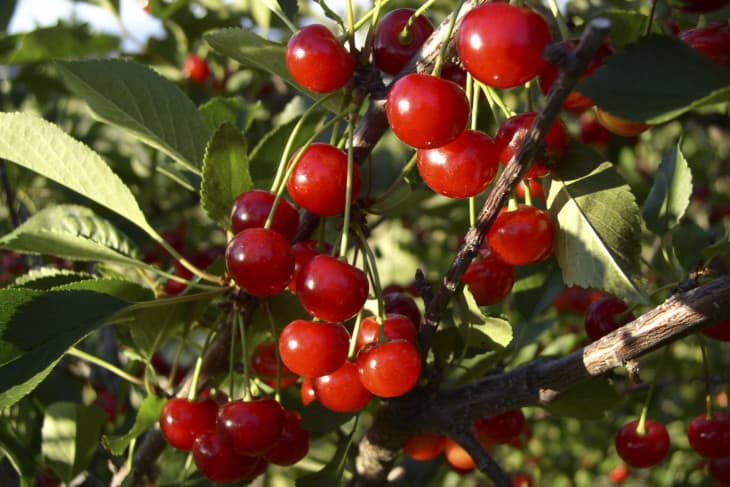
There are two types of cherry trees: tart and sweet. While tart cherries are used mostly for pies and cobblers, sweet cherries are delicious eaten right off the tree. This is a very versatile fruit that has many uses.
Some of the cherry trees that can grow successfully in the Pacific Northwest are the BlackGold, WhiteGold, Vandalay, Sweetheart, Surefire, and Montmorency, which are all self-fruitful; as well as varieties such as Bing, Hartland, Hudson, Kristin, Angela, and Rainier.
There has also been some evidence that juice made from tart cherries can help people ease joint stiffness and pain. This includes arthritis pain, which is why there has been a sudden surge of interest in planting cherry trees all over the country.
See: 28 Sweet Cherry Tree Varieties
8. Nectarine Trees
Nectarines are similar to peaches in many ways, especially in the way they look, but their taste is somewhat different. Still, nectarines are just as sweet and juicy as peaches are and just as popular in the Pacific Northwest area.
The main type of nectarine found in this part of the country is the Hardired nectarine, but since the Pacific Northwest covers such a large area, it is possible that other nectarine types are just as good, especially if the buyer pays close attention to the growing zone recommendations listed on the label.
Nectarine recipes are usually recipes for desserts and can include dishes such as nectarine upside-down cake, nectarine-blueberry cake, nectarine vanilla bean scones, blueberry nectarine pie, and nectarine pistachio coconut yogurt tarts.
9. Apple Trees
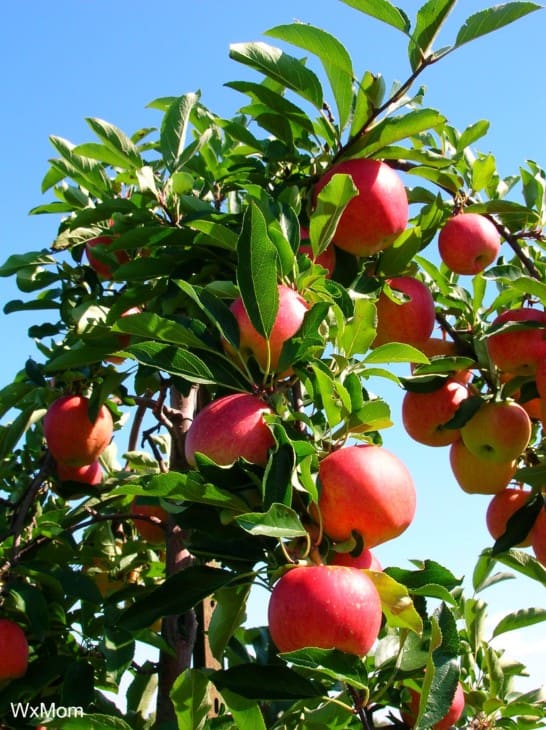
The one thing to remember about apple trees is that they do not self-pollinate, so growers need two varieties that bloom at the same time so that cross-pollination can occur. Fortunately, this is very easy to do because there are so many types of apples they can choose from.
For people who have a small garden or wish to use containers for their apple trees, they can choose a columnar apple tree, such as the Scarlet Sentinel. With this one, lots of yummy blush-red apples will be available in late September.
For any Pacific Northwesterner who wants apple trees in their yard, other great varieties include Honeycrisp, Sunrise, Spartan, Regal Gala, Red Elstar, Marshall Mac, Jonamac, and Royal Empire, among others. After all, why live in the Northwestern part of the country and not grow delicious apples?
10. Scab-Immune Apple Trees
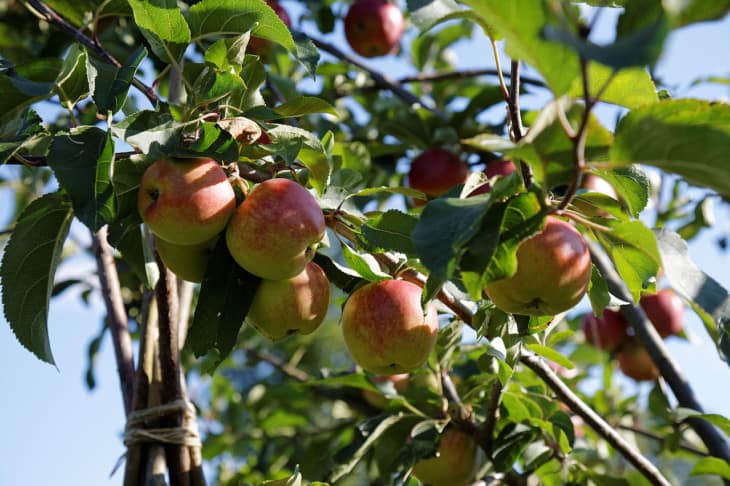
Scab-immune apple trees do very well in this part of the country, and some of the types that work best include Dayton, Liberty, Pristine, Williams’ Pride, Prima, Rajka, Belmac, and Goldstar, as well as others.
The important thing for people to remember when growing this type of apple tree is that just because it is immune to certain diseases, it may still be prone to other diseases, such as powdery mildew. This is something important to consider when buying this type of tree.
This is why it is so important to pay strict attention to the growing directions on the labels of these trees. People who do not do this risk being unsuccessful in the growing of these trees, which no one wants.

